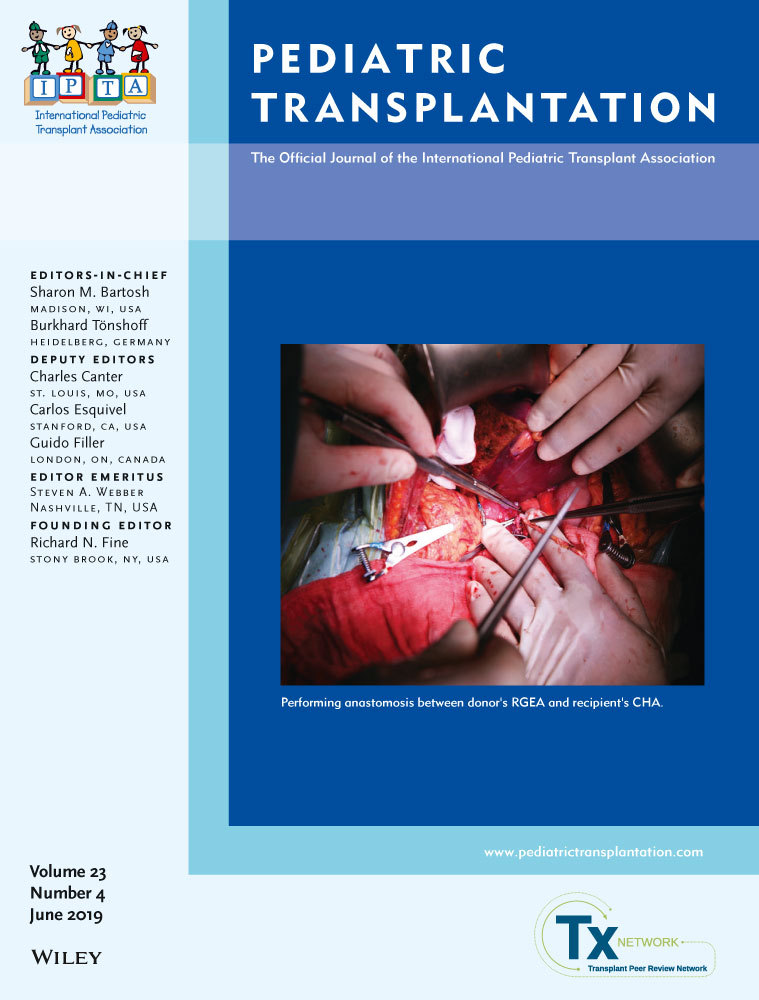Use of genetic risks in pediatric organ transplantation listing decisions: A national survey
Abstract
There is a limited supply of organs for all those who need them for survival. Thus, careful decisions must be made about who is listed for transplant. Studies show that manifesting genetic disease can impact listing eligibility. What has not yet been studied is the impact genetic risks for future disease have on a patient's chance to be listed. Surveys were emailed to 163 pediatric liver, heart, and kidney transplant programs across the United States to elicit views and experiences of key clinicians regarding each program's use of genetic risks (ie, predispositions, positive predictive testing) in listing decisions. Response rate was 42%. Sixty-four percent of programs have required genetic testing for specific indications prior to listing decisions. Sixteen percent have required it without specific indications, suggesting that genetic testing may be used to screen candidates. Six percent have chosen not to list patients with secondary findings or family histories of genetic conditions. In hypothetical scenarios, programs consider cancer predispositions and adult-onset neurological conditions to be relative contraindications to listing (61%, 17%, and 8% depending on scenario), and some consider them absolute contraindications (5% and 3% depending on scenario). Only 3% of programs have formal policies for these scenarios, but all consult genetic specialists at least “sometimes” for results interpretation. Our study reveals that pediatric transplant programs are using future onset genetic risks in listing decisions. As genetic testing is increasingly adopted into pediatric medicine, further study is needed to prevent possible inappropriate use of genetic information from impacting listing eligibility.




